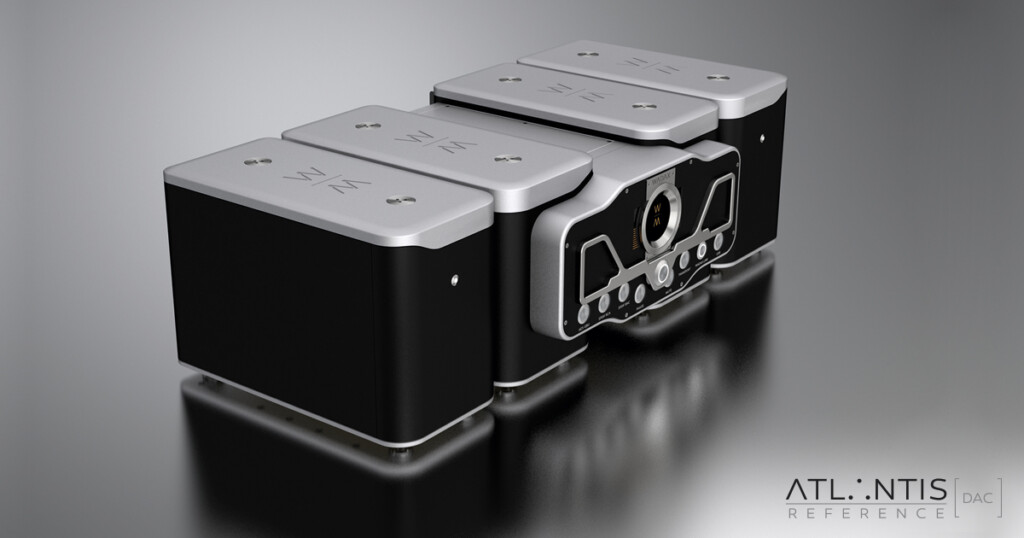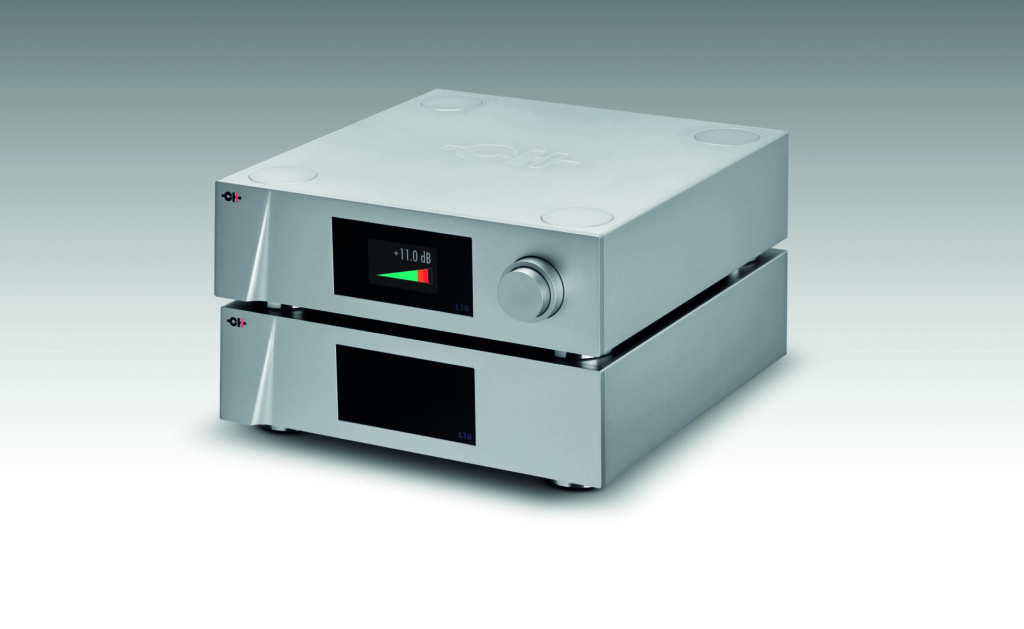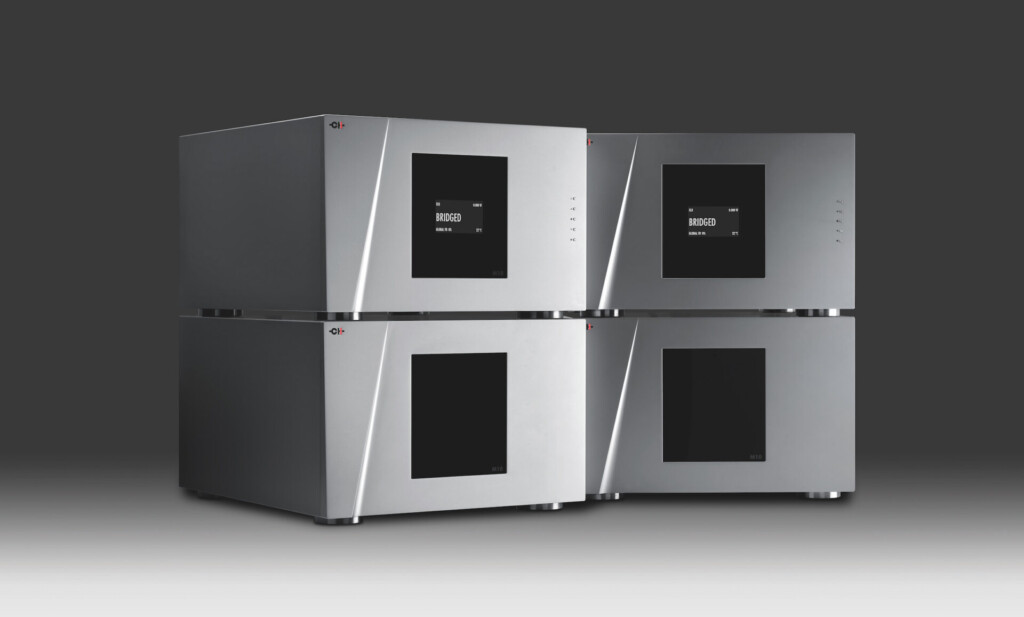The other thing the Divin does is look not just striking, but seriously potent. Beauty is in the eye of the beholder, but even those who don’t necessarily appreciate the bold appearance of the Divin Noblesse would be hard pressed to deny that this looks exactly like a seriously LOUD speaker. And it is. With numbers that include a (totally believable) sensitivity of 95dB and a bandwidth of 21Hz to 24kHz ±3dB, this Divin is 9dB more sensitive than the bending-wave speakers and still maintains the same bandwidth as the flagship Epoque Aeon Reference. So, on paper at lest it’s a case of job done – but just how comprehensively Göbel has succeeded only really becomes apparent when you drive the speaker with the astonishing CH Precision 10 Series amps and the equally remarkable Wadax Reference DAC and Atlantis Reference Transport. Given that real weight and scale are always a challenge for high-efficiency speakers and the systems that drive them, let’s start at the bottom with the musical nether regions.
Have you ever noticed how the upright bass that’s such an integral part of so much jazz goes awol on most audio systems. If it’s there at all, then it tends to the soft, indistinct and tuneless – a world away from the live experience. One of my standard set up discs is the Duke Ellington/Ray Brown album This One’s For Blanton (Analogue Productions CAPJ 015/Pablo 2310-721), precisely because the extended, fingered bass runs and less than fantastic recording present any system and speaker with a bottom-end challenge. Walking back to the listening seat after starting the disc for the first time, those opening bass notes caused a serious double take as my jaw dropped almost as hard as my butt hit the sofa. Bass notes with weight, shape, texture, pitch and an almost tactile sense of attack and energy: Where did that come from? The simple answer is those four 12” bass drivers being driven by 300 watts of solid CH power. But there’s a lot more to it than that. That living, breathing bass line is the product of the system as a whole – the effortless musical expression, coherence and timing of the Wadax front-end, the consummate clarity, articulate flow and bottomless power of the CH 10 Series amps and the astonishingly low distortion, low storage and dynamic discrimination of the speakers. That and the remarkable, clarity and uncluttered linearity of their heavily and symmetrically ported bottom-end. Clearly, Göbel are onto something here.
Often, the real mark of a component’s quality comes in what it tells you about the capabilities of the rest of the system, revealing previously hidden assets in familiar products. Take three such components, each re-setting standards or pushing the musical envelope and the spotlight they throw on system set-up and infrastructure is stark in its unforgiving clarity. In this case you hear it in the unprecedented coherence, micro-dynamic and textural detail, uninhibited weight and dynamic jump of the Odin 2 cables, going further and faster than ever before: you hear it in the sheer clarity with which tiny adjustments to position or set up are revealed. Nudge the speakers and you hear it. Tweak the grounding spikes on the CH electronics to equalise their loading – and you hear it.  Change the ground path on the amps or the location of the ground wires leading to the QKore 6 – and you really hear it. Which might seem like a recipe for extreme audio neurosis – and it would be – except that far from highlighting deficiencies or dismantling the performance, all of these components seem so redolent with musical enthusiasm that the sound starts great and just gets better! Bear in mind that those bass notes, with their palpable presence, power and shape were generated BEFORE I went to work on the speaker positioning. With the system dialled in, the performance took on an almost preternatural quality – one that was all about the instruments and the musicians playing them, nothing whatsoever to do with the system on which the recording was played.
Change the ground path on the amps or the location of the ground wires leading to the QKore 6 – and you really hear it. Which might seem like a recipe for extreme audio neurosis – and it would be – except that far from highlighting deficiencies or dismantling the performance, all of these components seem so redolent with musical enthusiasm that the sound starts great and just gets better! Bear in mind that those bass notes, with their palpable presence, power and shape were generated BEFORE I went to work on the speaker positioning. With the system dialled in, the performance took on an almost preternatural quality – one that was all about the instruments and the musicians playing them, nothing whatsoever to do with the system on which the recording was played.



